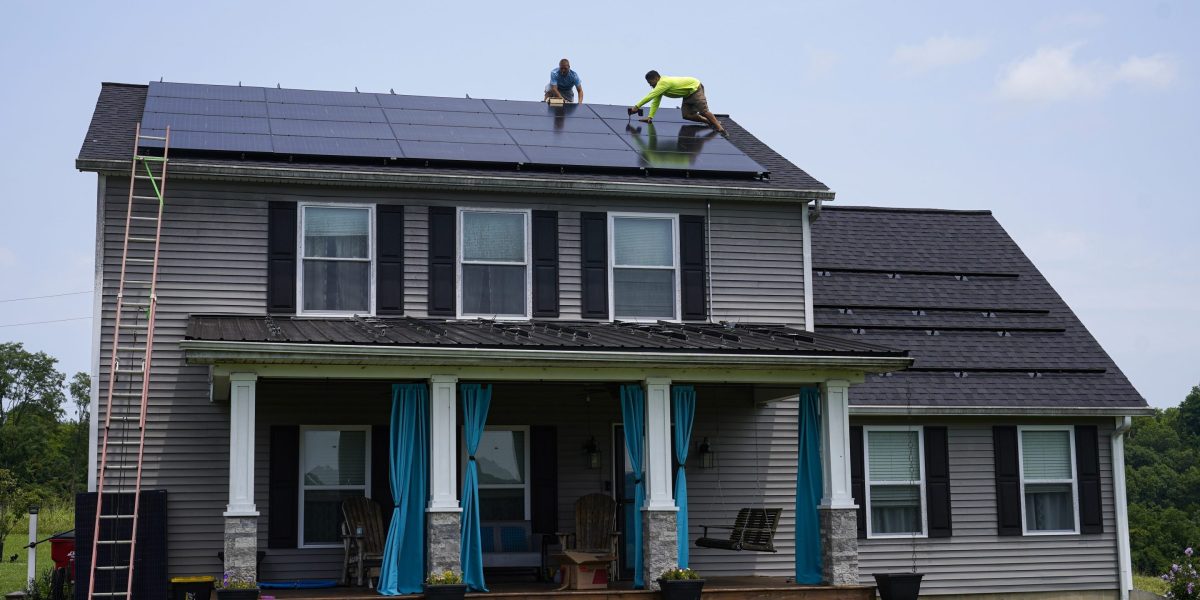Solar rooftops gain traction as electric vehicles owners look to skip paying for electricity or gasoline: ‘Solar just makes sense’::Residential solar is gaining traction in the U.S., with about 4.5 million homes now with solar rooftops.
Short term this is true, but if everyone does this, and we have the giant increased solar capacity we’re expecting, we’ll hit the limits of our electrical transmission capabilities.
Rooftop solar puts the generation at the same location as the consumption eliminating the transmission issue. Further, communities that have even a small percent of rooftop solar installs that also push their excess back to the grid could actually reduce the transmission challenge even further.
No, that’s not how it works. That part of the grid was designed for taking power, not generating power. Getting it to do otherwise is a huge headache for power companies. If everyone did it, the grid would fall apart.
A typical US home will need to upgrade from 100A to 200A service to have significant solar service, covering around 75% to 90% of the home’s power usage. This is because the panel needs to be rated for 120% of the maximum output of the panels to meet the National Electric Code.
The first few people in your neighborhood will be able to do that no problem. The electric company likely has excess capacity built in already. As a few more start to do it, though, that excess capacity will dry up, and the local grid will need to be upgraded.
Conversely, adding capacity to handle a new field is relatively simple. You add a lot of stuff in one place. Since it all needs to be planned out ahead of time, you can predict its max output. Power companies know how to do that.



